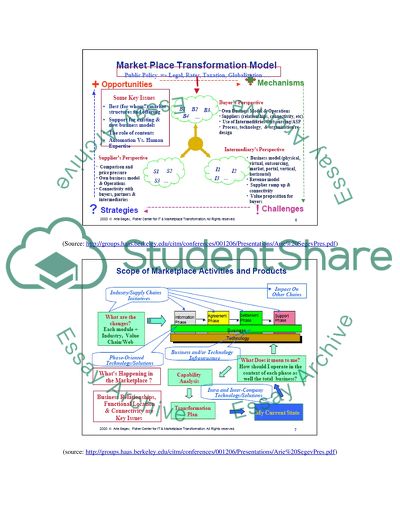Cite this document
(“The Road of e-Business Transformation Essay Example | Topics and Well Written Essays - 6750 words”, n.d.)
The Road of e-Business Transformation Essay Example | Topics and Well Written Essays - 6750 words. Retrieved from https://studentshare.org/miscellaneous/1524855-the-road-of-e-business-transformation
The Road of e-Business Transformation Essay Example | Topics and Well Written Essays - 6750 words. Retrieved from https://studentshare.org/miscellaneous/1524855-the-road-of-e-business-transformation
(The Road of E-Business Transformation Essay Example | Topics and Well Written Essays - 6750 Words)
The Road of E-Business Transformation Essay Example | Topics and Well Written Essays - 6750 Words. https://studentshare.org/miscellaneous/1524855-the-road-of-e-business-transformation.
The Road of E-Business Transformation Essay Example | Topics and Well Written Essays - 6750 Words. https://studentshare.org/miscellaneous/1524855-the-road-of-e-business-transformation.
“The Road of E-Business Transformation Essay Example | Topics and Well Written Essays - 6750 Words”, n.d. https://studentshare.org/miscellaneous/1524855-the-road-of-e-business-transformation.


